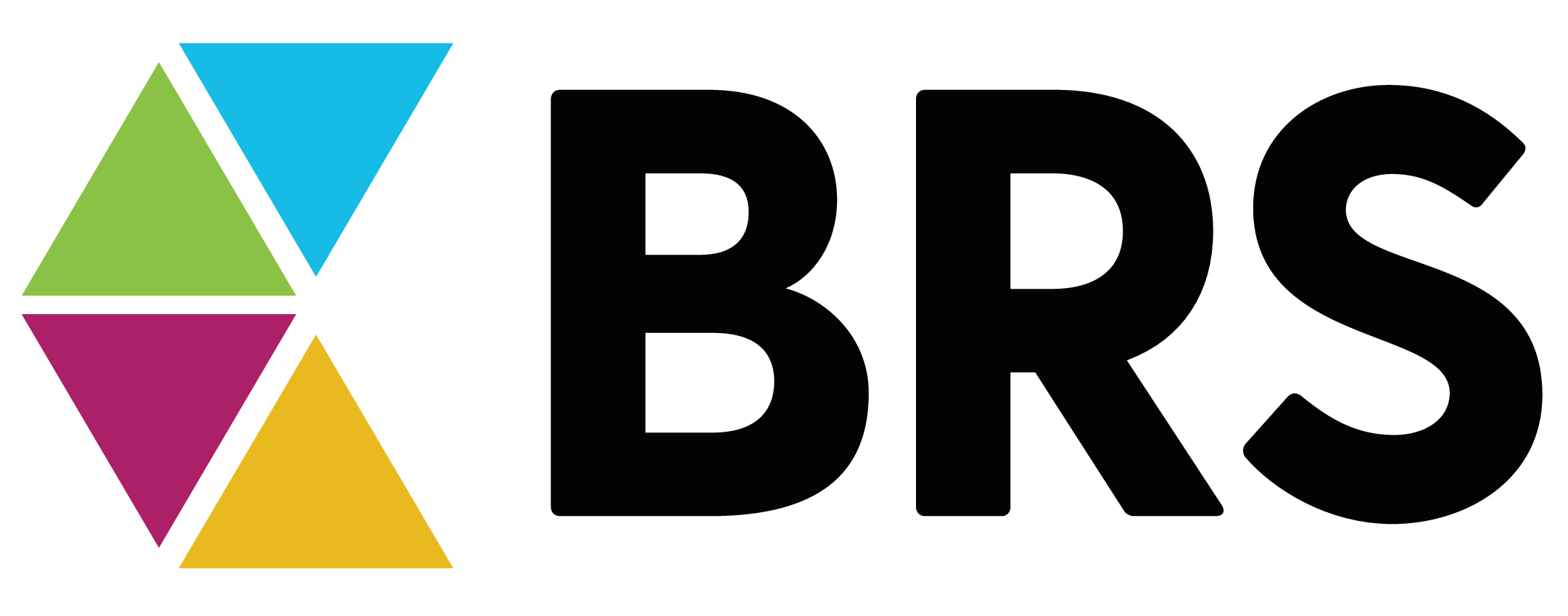By Ronald G. Ross & Gladys S. W. Lam
–
How can you put the business’ into business analysis? How do you deliver true value to the business? What should you be doing before requirements?
Building Business Solutions: Business Analysis with Business Rules provides a practical, proven, innovative guide to building great business solutions. An IIBA Sponsored Handbook. Highly readable, very pragmatic. A must-read for anyone seeking better results with requirements.
Business Analysis: Over the past decade, a whole new community of Business Analysts has emerged world-wide. Not all Business Analysts have yet lived up to the business part of their title though. And the community has not yet successfully solved the twin challenges of business alignment and business agility. What should business requirements be about anyway?
This book provides detailed answers and tools.
It shows you how to bring together business solutions directly with business leads, create blueprints of the solutions, and then use those blueprints for developing system requirements. The techniques described in this book have been applied successfully in hundreds of companies worldwide. Now you can put them to work for you too.
Business Rules: Learn how harvesting business rules can fit seamlessly with requirements development.
Use the concise pattern questions presented in this book, fined-tuned during 15 years of real-life experience, as templates to guide you in identifying business rules. As an added bonus, you will be able to sharpen and simplify your business process models by an order of magnitude or more.
Beyond the basics, the book presents the very latest techniques for analysis of operational business decisions, a powerful new area of business analysis. Get started on the right foot in capturing and encoding decision logic separately from other parts of your business solution.
Business Models: What is a true business model?
This book provides the definitive answer. It steps you through each element one by one, starting with business strategy for the business solution and then through business process models with business rules externalized. It shows how metrics grounded in these models are identified to ensure continuing alignment with business goals.
To engage business people successfully and to meet today’s business challenges, business models should be true-to life. In part this means that detecting violations of business rules and responding to the violations appropriately should be woven into the very fabric of the business model. It also means organizing, applying, managing, and retaining know-how as an integral part of the solution. Here’s how you can move beyond information systems to design business governance systems.
The authors speak out about current practices …
Let us warn you, this is not a book about fixing software engineering practices. It’s about changing them fundamentally. Current practices probably miss as much as 90% of everything important in running the business!
Business Analysts should not be focused on requirements for information systems, but on how the business can operate best. That has very little to do with use cases and GUIs.
From the IIBA Kathleen Barret, President & CEO, IIBA … This IIBA-sponsored book provides a robust framework to help BAs identify business solutions to business problems. It’s an important milestone in taking business analysis to the next level.
Kevin Brennan, EVP, Community Development, IIBA … Building Business Solutions presents BAs with a cohesive, coherent, and powerful approach to solving business problems, and will help them develop the skills required to change their organizations for the better.


